| 结构式 | 名称/CAS号 | 全部文献 |
|---|---|---|
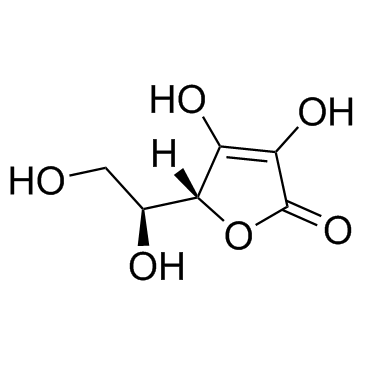 |
抗坏血酸
CAS:50-81-7 |
|
 |
二甲基亚砜
CAS:67-68-5 |
|
 |
对氨基苯磺酸
CAS:121-57-3 |
|
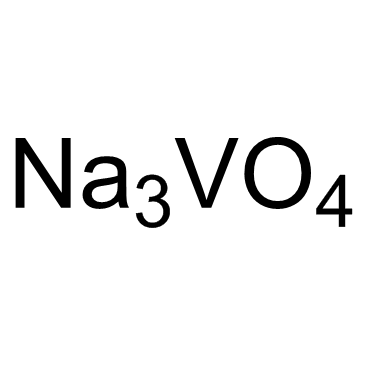 |
正钒酸钠
CAS:13721-39-6 |
|
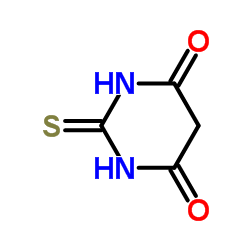 |
2-硫代巴比妥酸
CAS:504-17-6 |
|
 |
3,5-二甲基苯胺
CAS:108-69-0 |
|
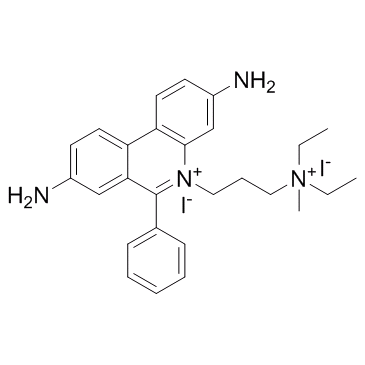 |
碘化丙啶
CAS:25535-16-4 |
|
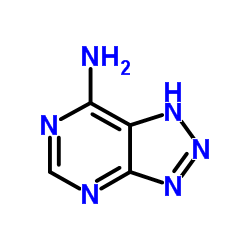 |
8-氮杂腺嘌呤
CAS:1123-54-2 |
|
 |
8-辛酰氧基芘-1,3,6-三磺酸三钠盐
CAS:115787-84-3 |
|
 |
尿酸
CAS:69-93-2 |